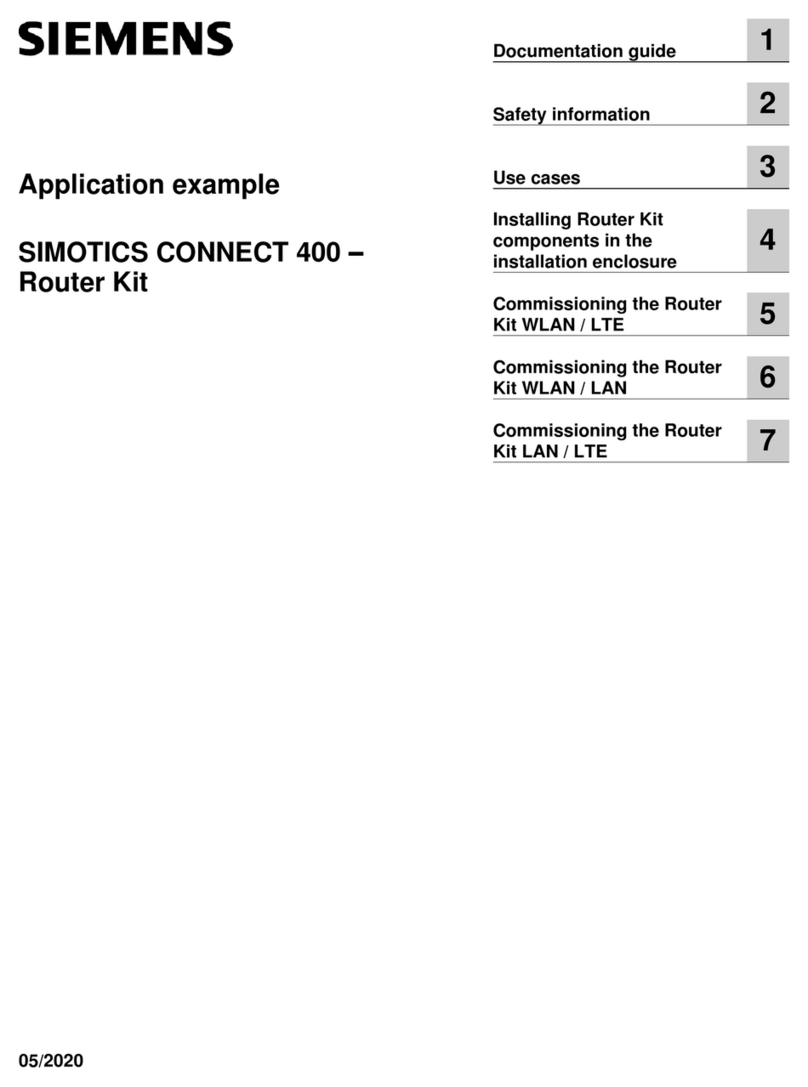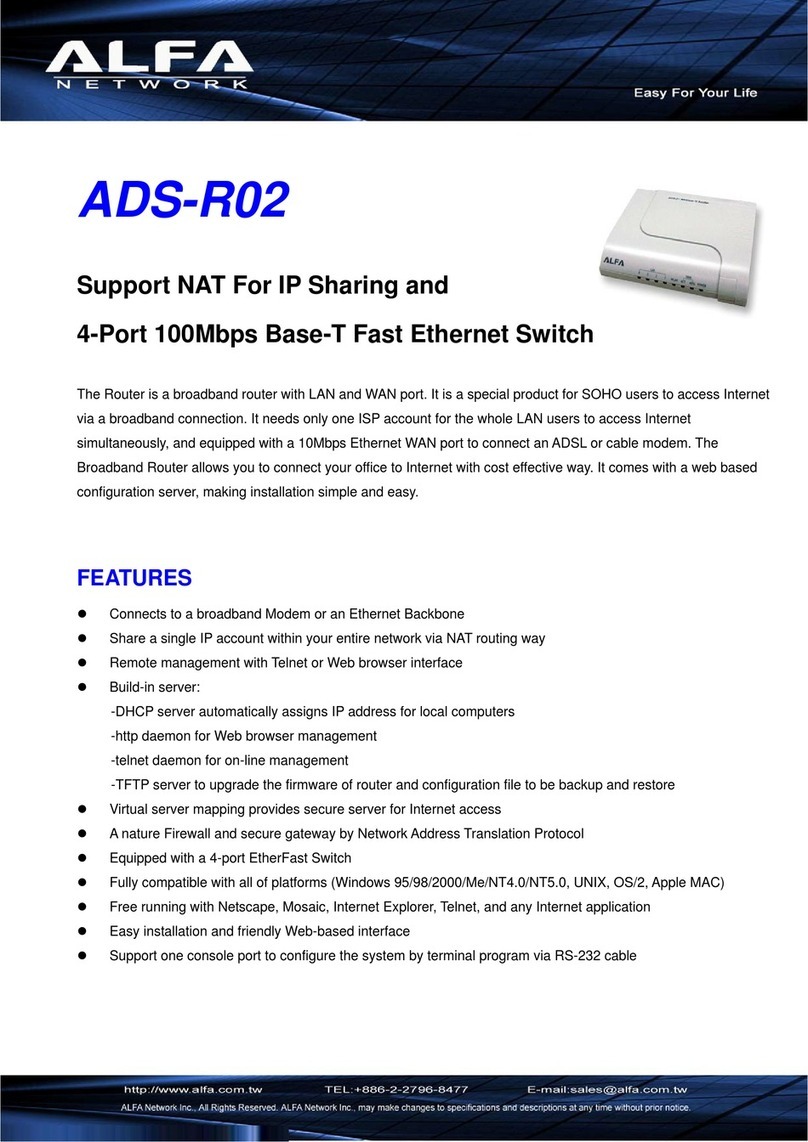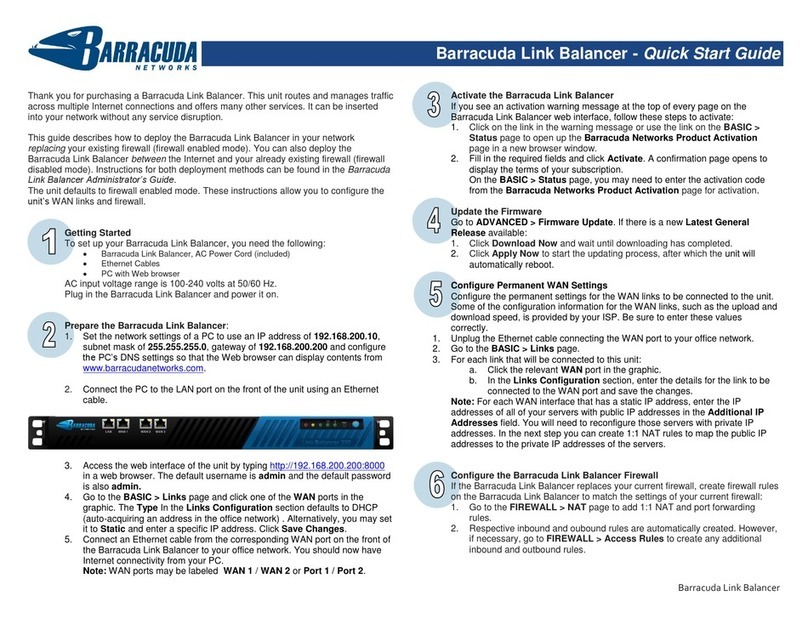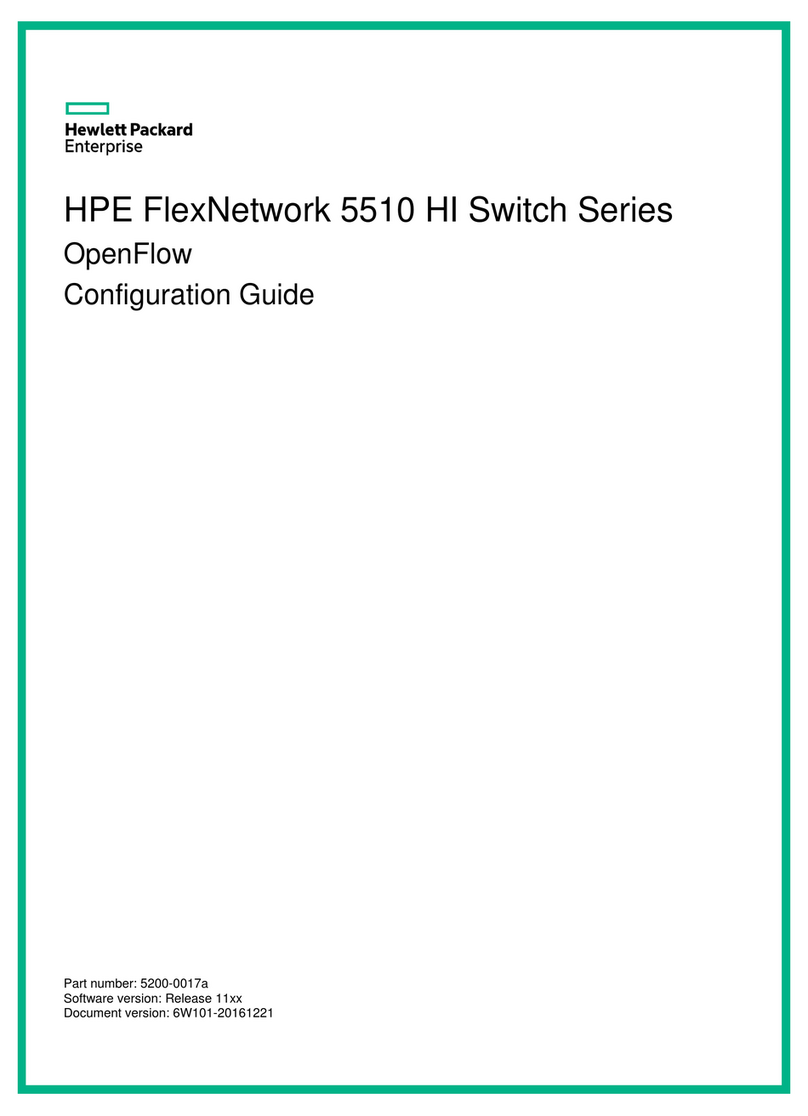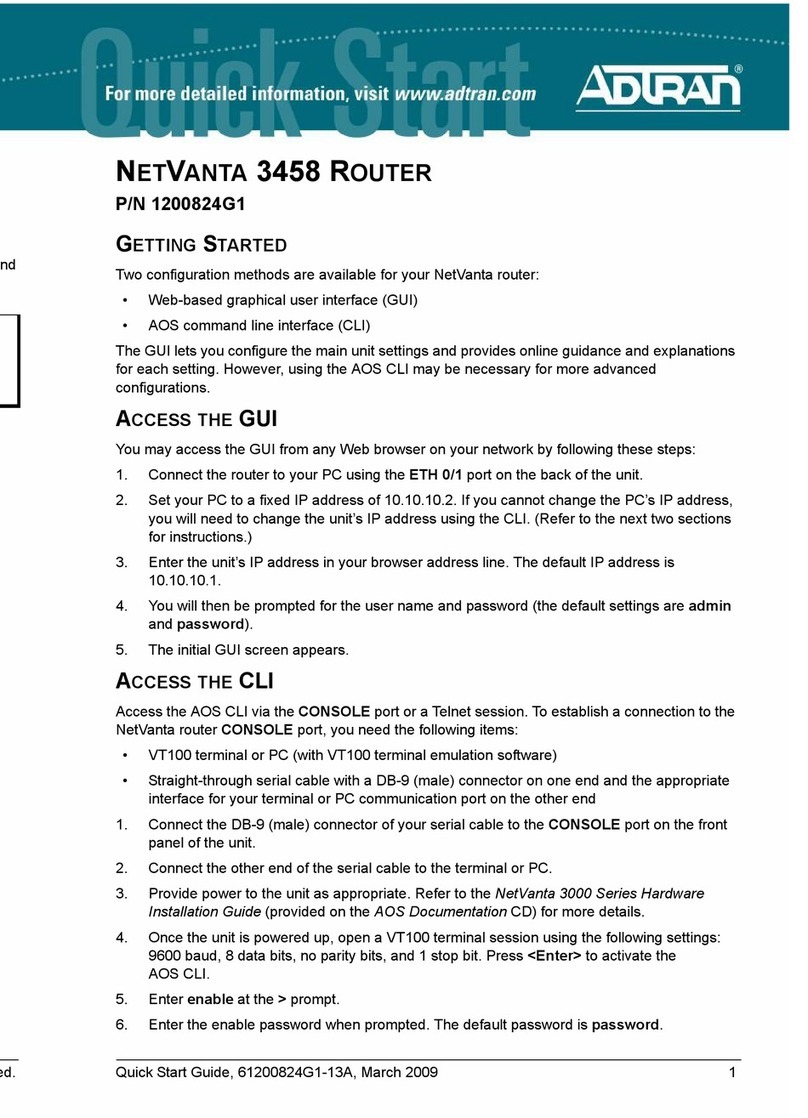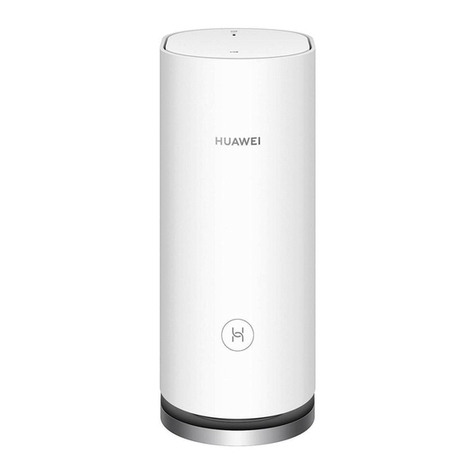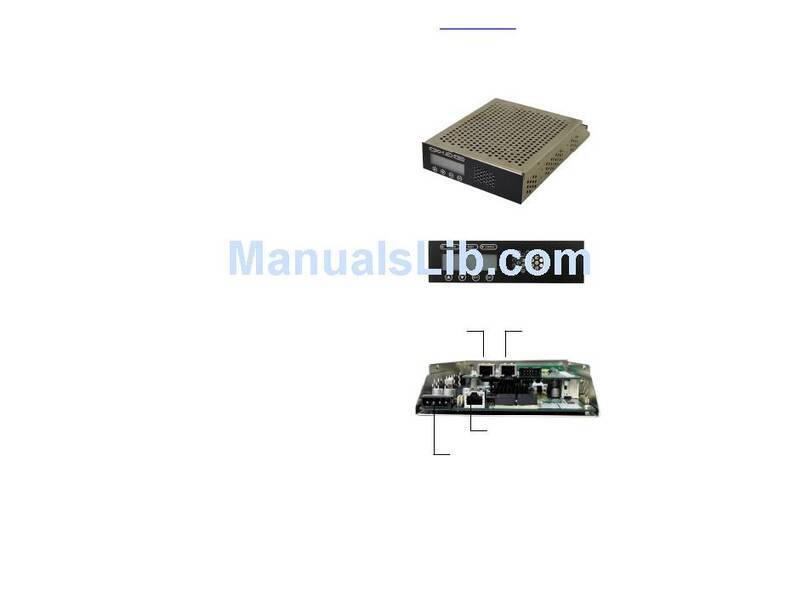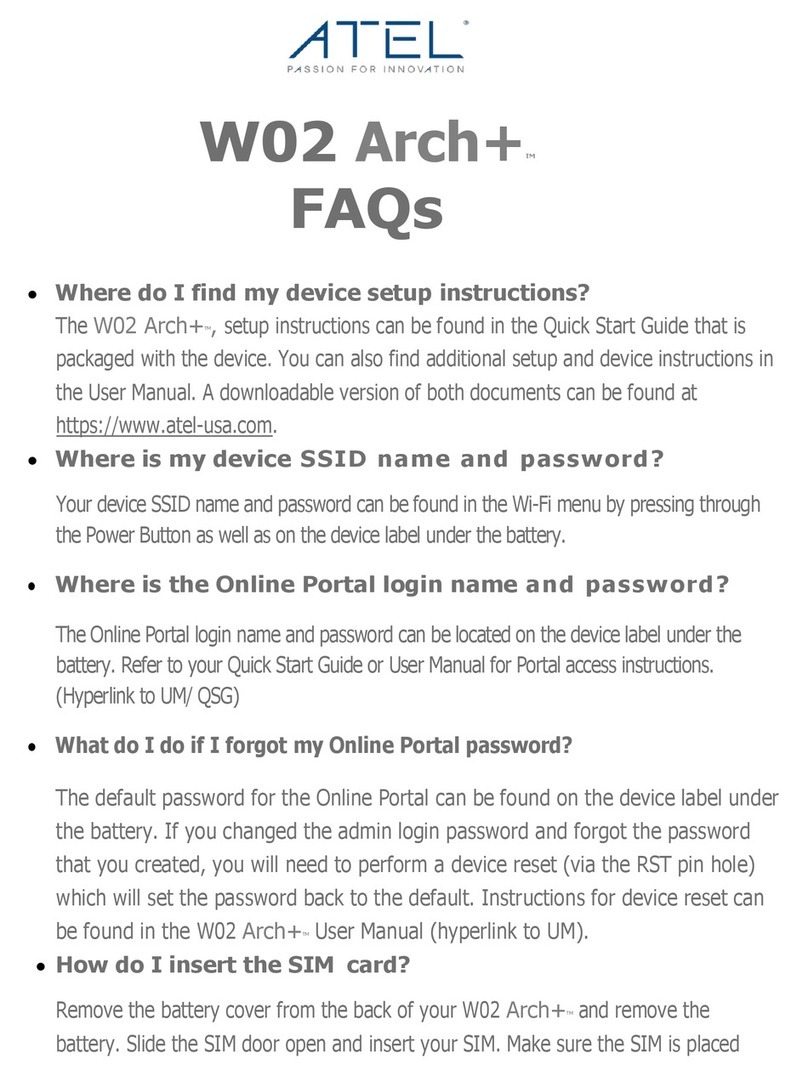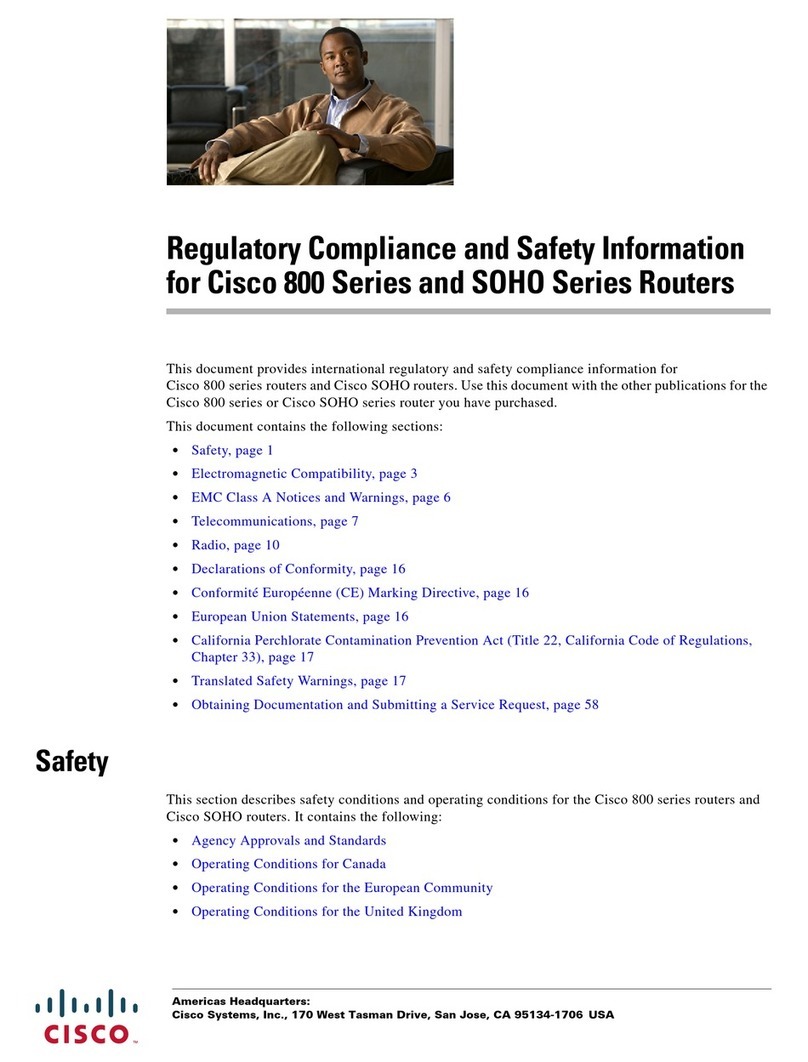Revision: 2007-05-24
Important Safety Precautions
To reduce the risk of fire, bodily injury, and damage to the equipment, observe the following precau-
tions:
-
-
-
-
-
-
Read and follow all warning notices and instructions marked on the product or included in the
manual.
This product is to be used with telecommunications circuits. Take the following precautions:
Never install telephone wiring during a lightning storm.
Never install telephone jacks in wet locations unless the jack is specifically designed for
wet locations.
Never touch un-insulated telephone wires or terminals unless the telephone line has been
disconnected at the network interface.
Use caution when installing or modifying telephone lines.
Avoid using a telephone (other than a cordless type) during an electrical storm. There may
be a remote risk of electric shock from lightning.
Do not use the telephone to report a gas leak in the vicinity of the leak.
Condensation may occur externally or internally if this product is moved from a colder room to
a warmer room. When moving this product under such conditions, allow ample time for this
product to reach room temperature and to dry before operating.
This product is intended for use in environments as stated in the technical specifications. Do
not use this product in areas classified as hazardous locations. Such areas include patient care
areas of medical and dental facilities, oxygen-laden environments, or industrial facilities. Con-
tact your local electrical authority governing building construction, maintenance, or safety for
more information regarding the installation of this product.
Slots and openings in this product are provided for ventilation and should never be blocked or
covered, since these ensure reliable operation of this product and protect it from overheating.
This product should not be placed in a built-in apparatus such as a rack unless the apparatus
has been specifically designed to accommodate the product, proper ventilation is provided for
the product, and the product instructions have been followed.
This product should be placed away from radiators, heat registers, stoves, or other pieces of
equipment that produce heat. Allow sufficient air circulation around the product during use to
ensure adequate cooling of the device.
Do not use this product in a wet location.
This product should be operated only from the type of power source indicated on the product's
electrical ratings label. Contact your local Schmid Distributor or local power company if you
have questions about the type of power source to use
Operate this product only from power outlets protected by a fuse rated 10 Amps or less
Be sure that the power outlet you plug the power cord into is easily accessible and located as
close to the equipment as possible. When you need to disconnect power to this product, be
sure to unplug the power cord from the electrical outlet.
Do not allow anything to rest on any of the attached cables and do not position this product
where persons will walk or trip on the cables.

